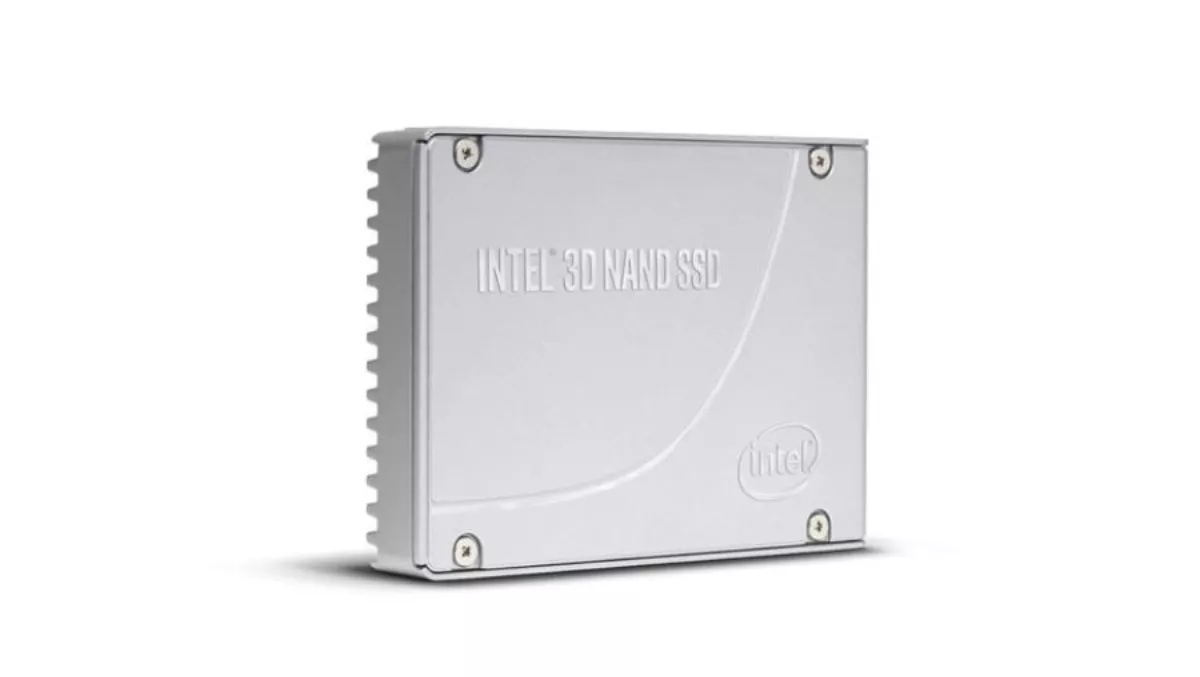
In 2017, Intel brought to market a wide array of products designed to tackle the world's growing stockpile of data.
Intel CEO Brian Krzanich called data an “unseen driving force behind the next-generation technology revolution,” and Rob Crooke, senior vice president and general manager of the Non-Volatile Memory (NVM) Solutions Group at Intel, recently outlined his vision for how storage and memory technologies can address all that data.
In the past year, Intel introduced the new Intel Optane technology-based products and aims to continue delivering fast solutions based on this technology, with more announcements later this year.
Intel also brought areal density to storage for consumers and enterprises, driving both capacity and form factor innovation with Intel 3D NAND storage products.
Intel is reimagining how data is stored in the data center.
By driving the creation and adoption of compelling new form factors, like the EDSFF 1U long and 1U short, and delivering advanced materials, including our densest NAND to date with 64-layer TLC Intel 3D NAND, Intel is enabling capacities of 8TB and beyond in an array of form factors that meet the specific performance needs of data centers.
Intel announced the Intel SSD DC P4510 Series for data center applications.
The P4510 Series uses 64-layer TLC Intel 3D NAND to enable end users to do more per server, support broader workloads and deliver space-efficient capacity.
The P4510 Series enables up to four times more terabytes per server and delivers up to 10 times better random read latency at 99.99% quality of service than previous generations.
The drive can also deliver up to double the input-output operations per second (IOPS) per terabyte.
The 1 and 2TB capacities have been shipping to cloud service providers (CSPs) in high volume since August 2017, and the 4 and 8TB capacities are now available to CSPs and channel customers.
To accelerate performance and simplify management of the P4510 Series PCIe SSDs and other PCIe SSDs, Intel is also delivering two new technologies that work together to replace legacy storage hardware.
Intel Xeon Scalable processors include Intel Volume Management Device (VMD), enabling robust management such as surprise insertion/removal and LED management of PCIe SSDs directly connected to the CPU.
Building on this functionality, Intel Virtual RAID on CPU (VROC) uses Intel VMD to provide RAID to PCIe SSDs.
By replacing RAID cards with Intel VROC, customers are able to enjoy up to twice the IOPs performance and up to a 70% cost savings with PCIe SSDs directly attached to the CPU, improving customer's return on their investments in SSD-based storage.
Intel is also bringing innovation to the data center with new low-power SSDs and the Enterprise and Datacenter SSD Form Factor (EDSFF).
The Intel SSD DC P4511 Series offers a low-power option for workloads with lower performance requirements, enabling data centers to save power.
The P4511 Series will be available later in the first half of 2018 in M.2 110 mm form factor.
Additionally, Intel continues to drive form factor innovation in the data center, with the Intel SSD DC P4510 Series available in the future in EDSFF 1U long and 1U short with up to 1 petabyte (PB) of storage in a 1U server rack.
